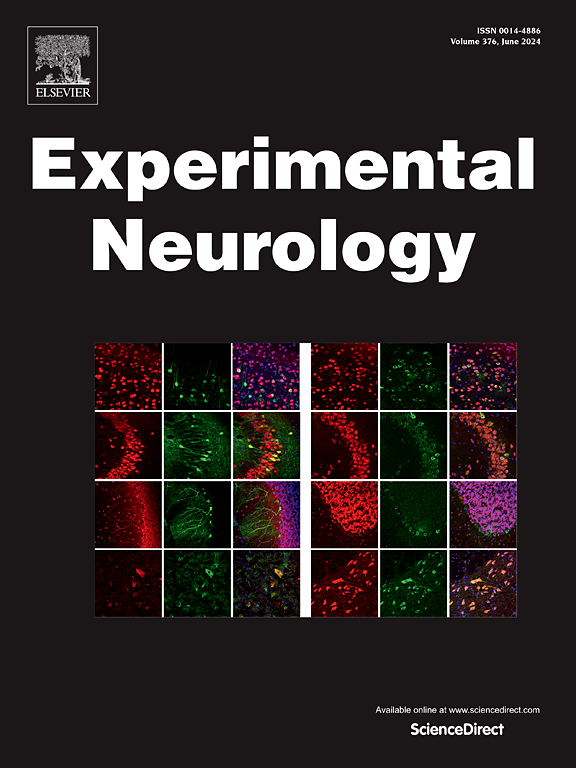凝血酶在蛛网膜下腔出血中的多重作用:关注脑脊液循环障碍。
IF 4.6
2区 医学
Q1 NEUROSCIENCES
引用次数: 0
摘要
蛛网膜下腔出血(SAH)是一种严重的神经系统疾病,发病率和死亡率都很高。蛛网膜下腔出血的不良预后与早期脑损伤(EBI)和延迟性脑缺血(DCI)密切相关,而凝血酶是出血后这两种病理过程中继发性损伤成分的一部分。此外,凝血酶还可导致脑脊液(CSF)循环障碍,从而引起一系列 SAH 后遗症,包括脑水肿、脑积水、认知障碍和抑郁症状。本综述旨在全面了解凝血酶在 SAH 后 EBI、DCI 和 CSF 循环中的病理作用,特别关注其对甘液-脑膜淋巴系统的影响--该系统是废物清除和神经稳态调节的关键机制。此外,本综述还概述了目前针对致病机制的药物干预和治疗模式,旨在减轻脑损伤并促进 SAH 后的神经功能恢复。本文章由计算机程序翻译,如有差异,请以英文原文为准。
Multifaceted role of thrombin in subarachnoid hemorrhage: Focusing on cerebrospinal fluid circulation disorder
Subarachnoid hemorrhage (SAH) is a severe neurological condition characterized by high morbidity and mortality. The unfavorable prognosis of SAH is closely associated with early brain injury (EBI) and delayed cerebral ischemia (DCI), wherein thrombin plays a role as part of the secondary injury components following hemorrhage in these two pathological processes. Additionally, thrombin contributes to disruptions in the circulation of cerebrospinal fluid (CSF), thereby giving rise to a spectrum of sequelae following SAH, including cerebral edema, hydrocephalus, cognitive impairments, and depressive symptoms. This review aims to provide a comprehensive understanding of the pathological role of thrombin in EBI, DCI, and CSF circulation following SAH, with a specific focus on its impact on the glymphatic-meningeal lymphatic system—a crucial mechanism for waste clearance and neurohomeostatic regulation. Additionally, this review offers an overview of current pharmacological interventions and treatment modalities targeting pathogenic mechanisms, aiming to mitigate brain injury and promote neurological recovery post-SAH.
求助全文
通过发布文献求助,成功后即可免费获取论文全文。
去求助
来源期刊

Experimental Neurology
医学-神经科学
CiteScore
10.10
自引率
3.80%
发文量
258
审稿时长
42 days
期刊介绍:
Experimental Neurology, a Journal of Neuroscience Research, publishes original research in neuroscience with a particular emphasis on novel findings in neural development, regeneration, plasticity and transplantation. The journal has focused on research concerning basic mechanisms underlying neurological disorders.
 求助内容:
求助内容: 应助结果提醒方式:
应助结果提醒方式:


